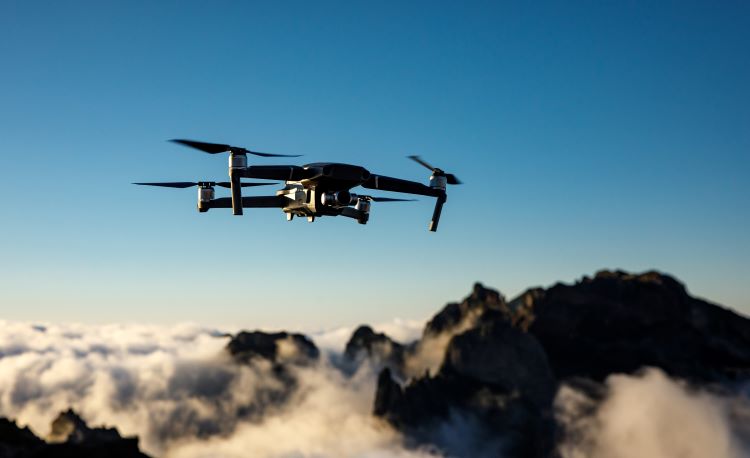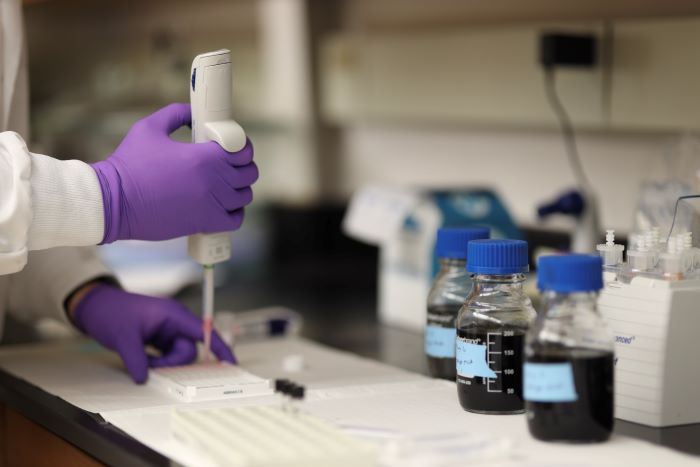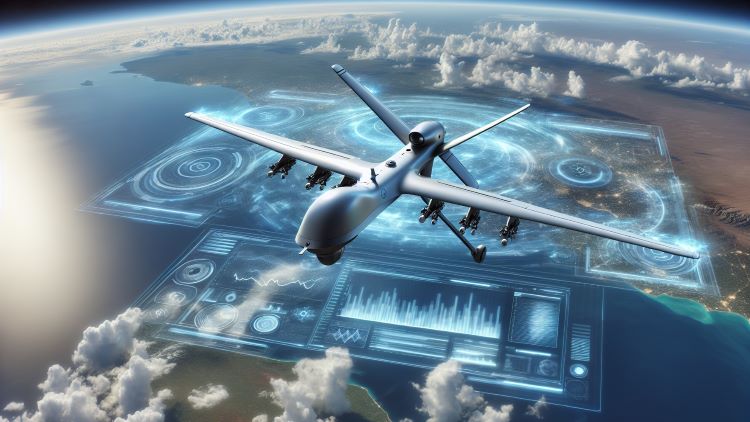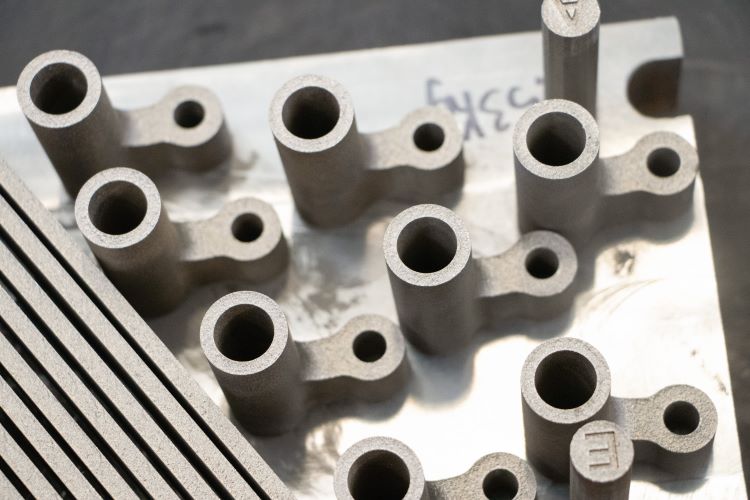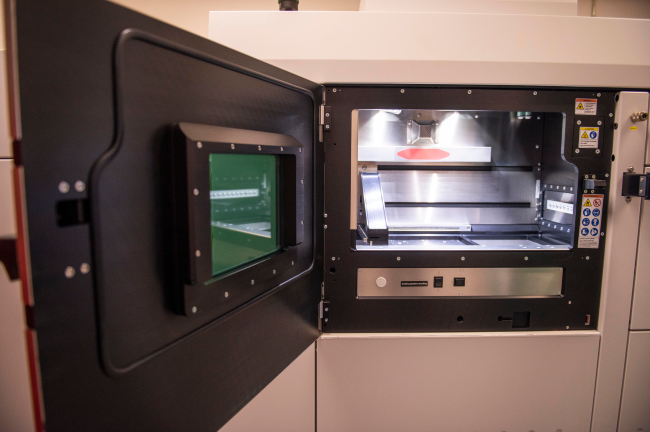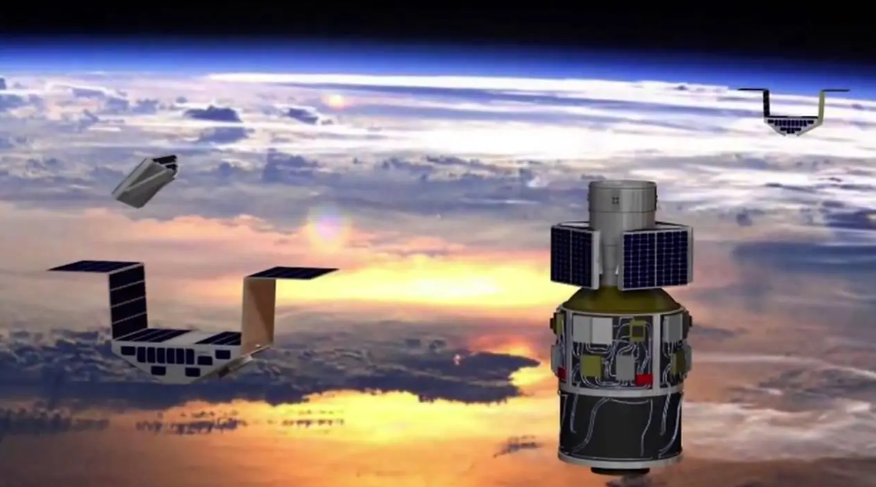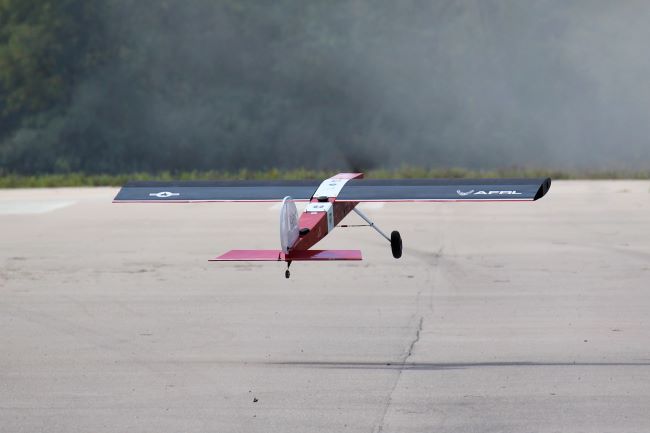Are you interested in delivering a webinar presentation on your DoD research and engineering efforts?
DSIAC hosts live online technical presentations featuring a DoD research and engineering topic within our technical focus areas.
Host a Webinar with dsiac
Upcoming Webinars
Automated/Autonomous Impacts Routing – Path Optimization Through Adverse Atmospheric Effects and Obstacles
Automated Impacts Routing (AIR) is a software system that uses a modified version of the A* algorithm by including environmental (atmosphere/terrain) effects coupled with shortest path calculations. It allows best and second-best path solutions as…
The Next Frontier in Energy and Materials: Turbostratic Graphene
Unlike conventional single- or few-layer graphene, turbostratic graphene, which is derived from biomass feedstock, can perform across a wide range of metrics and applications. To raise awareness and increase domestic production of turbostratic graphene, this…
Past Webinars
Attritable Unmanned Aircraft Systems: Conceptualization and Key Players
Air domain operations are critical to the U.S. military defense strategy. Military air domain missions use aircraft for tasks like attack; resupply; rescue; intelligence, surveillance,…
Better, Faster, Cheaper Metallic Components: NSF’s HAMMER-ERC
The U.S. National Science Foundation’s Hybrid Autonomous Manufacturing, Moving from Evolution to Revolution Engineering Research Center (NSF HAMMER-ERC) is a collaboration between five universities to…
Computational Tools to Predict the Response of UHMWPE Composites to Impact
Ultra-high, molecular weight polyethylene (UHMWPE) composites are advanced materials that lack experimentally driven, physics-based computational tools for predicting their response. This challenge exists for traditional…
Digital Twin Research and Development for a Metal Additive Manufacturing Process
A laser-based metal additive manufacturing process offers lower heat input, thus leading to less base metal distortion compared to traditional welding processes. Digital twin (DT)…
Launch Site Selection Using Inland Commercial Spaceports for Constellation Deployment
As nontraditional, inland spaceports start to become operational, there is a need to understand the viability of deploying satellite constellations from these potential commercial offerings…
Material and Structure Considerations for Morphing Aerospace Skins
The U.S. Air Force Research Laboratory is leading an effort on increasing missile range and lethality against highly maneuverable targets through utilizing active morphing. In…


